Estimated reading time: 7 minutes
Disclaimer: I am not a medical doctor and nothing in this article should be taken as medical advice. Please talk to your doctor before using any of the herbs and/or remedies mentioned in this article.
People with a green thumb may already be aware of the medicinal properties of plants and herbs, but few realize just how much you can do with the calendula flower. Full of anti-inflammatory, antibacterial, and antiviral properties, along with a list of other benefits, this flower will bring a lot more than colorful vibrancy to your garden.
Easy to grow in a pot or the garden, a calendula plant will offer consistent blooms with minimal maintenance beyond flower pruning. You will want to harvest the flowers before the plant goes to seed in order to keep the flower blooming for a long season. If you live in a warm climate, you may have year-round blooms, ideal for consistent use and drying.
Want to save this post for later? Click Here to Pin It On Pinterest!
What is the Calendula Flower?
The calendula flower is a quintessential addition to your garden, with over a dozen varieties in the Asteraceae family of daisies. Growing 12-24 inches, this flowering plant offers most commonly orange and yellow blooms, with some pink and white flowers in variety, too.
It is an edible plant with a slightly sweet smell, but the flower offers the medicinal gold. Often nicknamed as a marigold, the flowers are not the same in terms of healing properties as the standard marigold you commonly purchase.
The calendula flowers were once used frequently in German soups and stews, giving the flower the label, pot marigold, which is still commonly used. Both calendula and marigolds are a part of the sunflower family; however, marigolds are one of 50 species in the Tagetes genus, while calendula flowers fit into their own category of Calendula genus that has a max of 20 species.
To distinguish between the two is important, as some marigolds are not edible and do not carry the healing abilities of the calendula plant.
Calendula Uses
Medicinal:
The calendula flower has several benefits for health and healing, dating back centuries through a variety of cultures. Like many herbal remedies, not all listed have been scientifically proven, though herbal healers have had success treating a variety of ailments with this power plant.
Caution: Pregnant and nursing people and animals should avoid ingesting calendula. You should also avoid calendula products if you are allergic to herbs in the Asteracear or Compositae family, or if you are taking sedatives, blood pressure, or diabetes medicine.
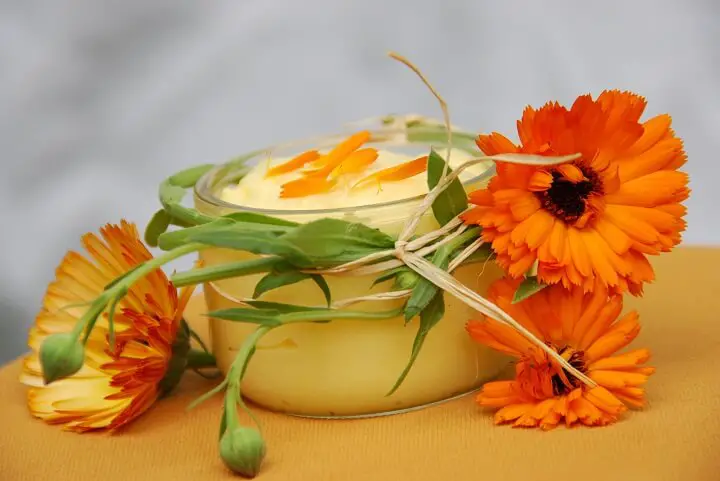
- Minor Skin Injuries
Calendula salves and creams are commonly used to treat minor cuts, burns, and wounds, offering anti-inflammatory and antibacterial attributes while promoting collagen growth during healing.
In animal studies, the triterpene alcohol chemical component found in calendula proved to be anti-inflammatory. There are studies showing that the flower has antibacterial properties, helping protect against minor infection.
To soothe cuts, burns, wounds, scrapes, bruises, bug bites and diaper rash with calendula, apply an infused salve, which you can easily make. There are also calendula creams sold over the counter.
- Fungal Irritation
Calendula is antifungal, so you can apply a calendula salve or tincture for external yeast infections, athlete's foot, toenail fungus, and other fungal infections. Scientific evidence in test tube studies shows a significant elimination of fungus treated with calendula, though there is not much evidence in human trials.
Due to the proof of fungus-fighting abilities, many people still choose to apply calendula for fungal treatments. Where and what type of infection you are treating may help determine if you should use the salve or a homemade or store-bought tincture.
- Acne, Eczema, and Wrinkles
Calendula oils and creams are soothing. With anti-inflammatory and antioxidant attributes, many skincare lines add calendula to their products. It is gentle for all skin types and has even shown to help with some anti-aging properties like fine wrinkles and skin elasticity. Calendula oil provides moisture, helps fight bacteria that cause acne, and soothes eczema flare-ups.
You can purchase many skincare products with calendula oil or make your own. You can also add a few drops of a tincture to any facial cream that you already use to reap the benefits from the plant and maintain your normal skincare regime.
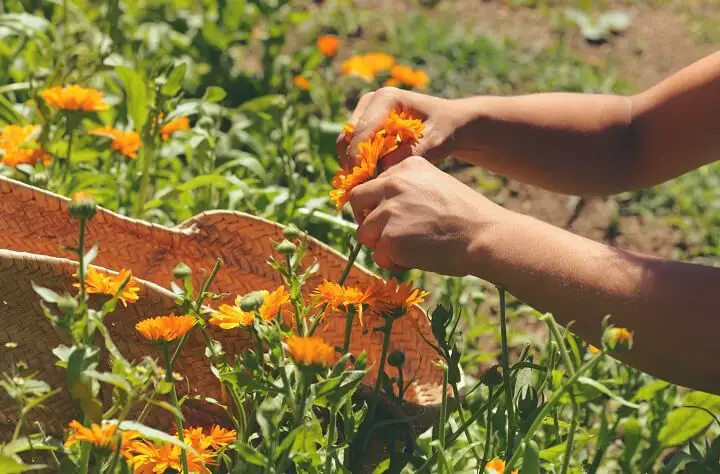
- Treating and Preventing Oral Infections
Because calendula flowers are antibacterial, rinsing with a homemade calendula mouthwash twice a day can help kill the bacteria that cause cavities and gingivitis. You can purchase all-natural calendula mouthwash or just use a tincture by adding a few drops to some water to gargle with.
- External Inflammation
Using calendula in any topical form can help relieve painful swelling due to varicose veins, hemorrhoids, or inflamed skin and scalp.
- Internal Inflammation
Though swelling can be a normal body response to specific triggers or health conditions, sometimes it can be internally chronic, leaving you in discomfort. Sipping a homemade calendula tea will help ease the inflammation and offer some antioxidants to aid in the healing of ulcers, lymphatic issues, or a sore throat.
- Treating Swelling and Irritation from Radiation Treatment
The anti-inflammatory and soothing components of calendula make it a topical relief for irritated areas of skin. Though you could use a salve or cream, a fresh poultice is another option to bring some immediate relief.
- Preventing and Fighting Cancer
Early research in mice and test tube studies has shown that there very well could be a cancer-fighting element to calendula flowers through the powerful antioxidants within the plant. These antioxidants might play a part in reducing and eliminating tumors. More research is required to make this a true scientific claim.
- Women’s Reproductive Health
Calendula tea has been used to start a woman’s menses or help regulate a period. Calendula can also help ease painful cramps by relaxing internal muscles and improving blood flow to the pelvis.
Some women have taken calendula supplements and tea to aid in uterine contractions post-birth to expel the placenta. Because of this property, calendula should be avoided for pregnant women or animals.
Other ailments that calendula flower may help:
- Fever
- Scars
- Irritable bowel syndrome
- Earaches
- Sore nipples from breastfeeding
- Constipation pain
- Digestive problems
- Eye irritation and infection
- Muscle pains and spasms
- Boils and abscesses
Additional calendula uses: Make a calendula Epsom salt scrub or make some calendula soap.
Edible Calendula and Historical Uses:
- Food Dye
Historically, calendula flower has been used as an all-natural food and fabric dye most notably in cheeses. The flower is still used for its rich colors for fabric and food dye.
- Edible Petals
To eat calendula flowers, you just pluck the petals from the plant. Full of antioxidants, you can eat them raw. The colorful addition of the petals gives a fun, sunny vibe to any meal. You can add them to egg dishes like quiche or frittata, salads, salsas, or on top of a smoothie bowl or parfait.
Dried flowers are great adds to soups and stews, giving a nod to the calendula nickname of a pot marigold. Steeping the dried flower in a broth has as many health properties as the herbal tea with multiple internal benefits.
Time to plant!
The healing elements of this plant are so extreme due to the many pharmaceutical components, but medical studies still lack evidence in testing.
For most of us, incorporating calendula flower in teas and in topical applications has minimal risk of negative side effects while offering a wide variety of potential healing power, making this plant a necessity for every garden.
Like this post? Don't Forget to Pin It On Pinterest!



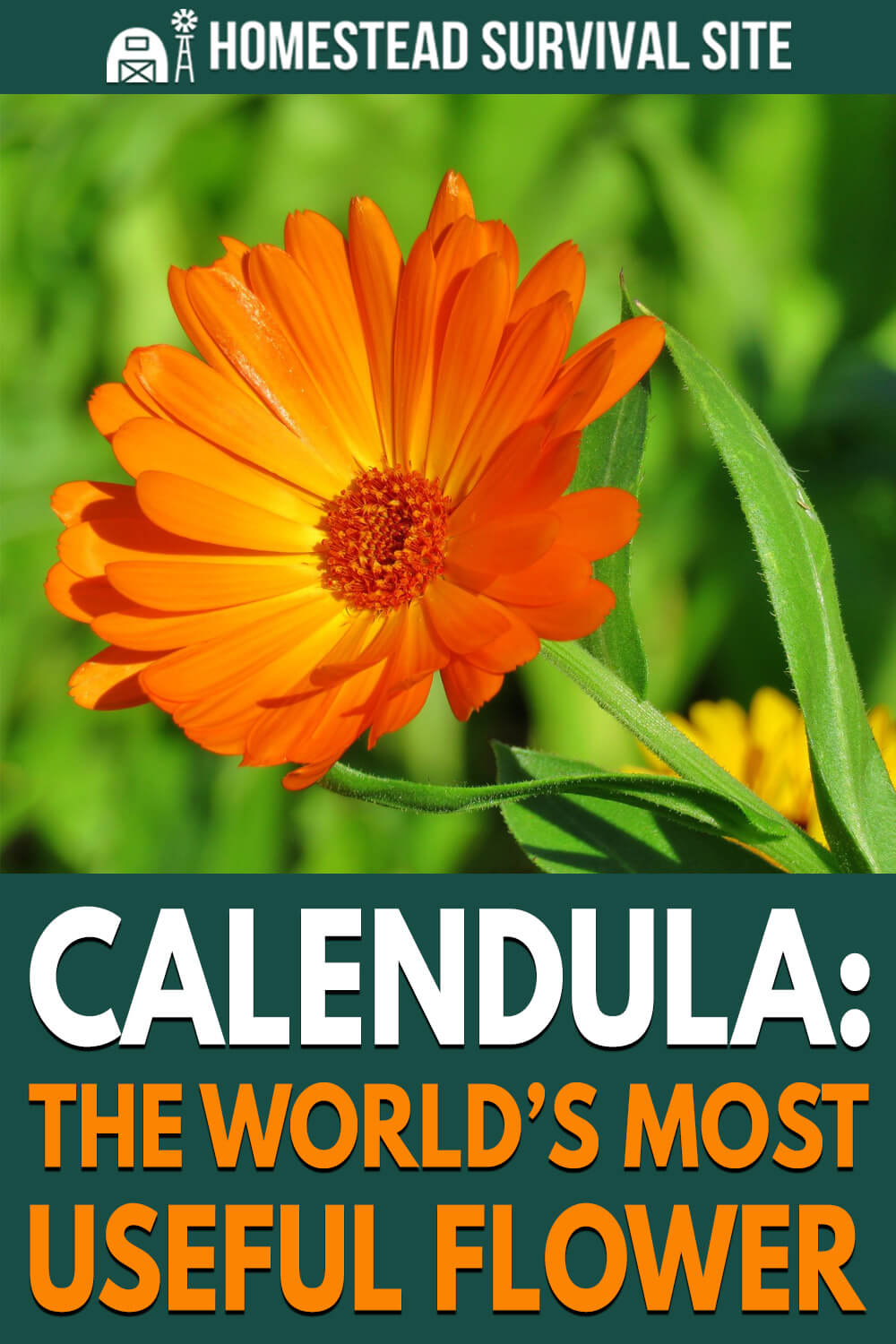

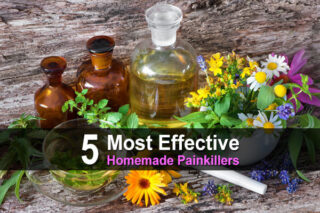
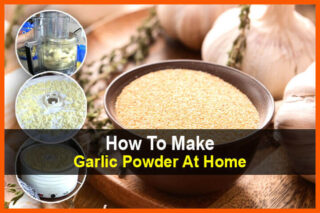
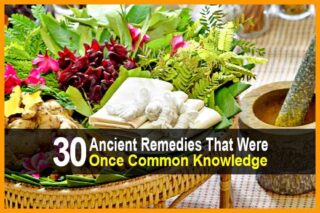
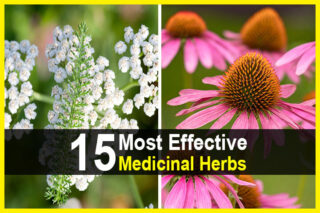
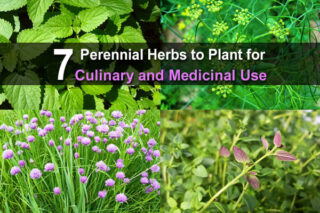



Can l buy Calendula seed to start my own
Plants.
Where can l buy the seeds
You should be able to find them at most garden shops, or you could buy them on Amazon.